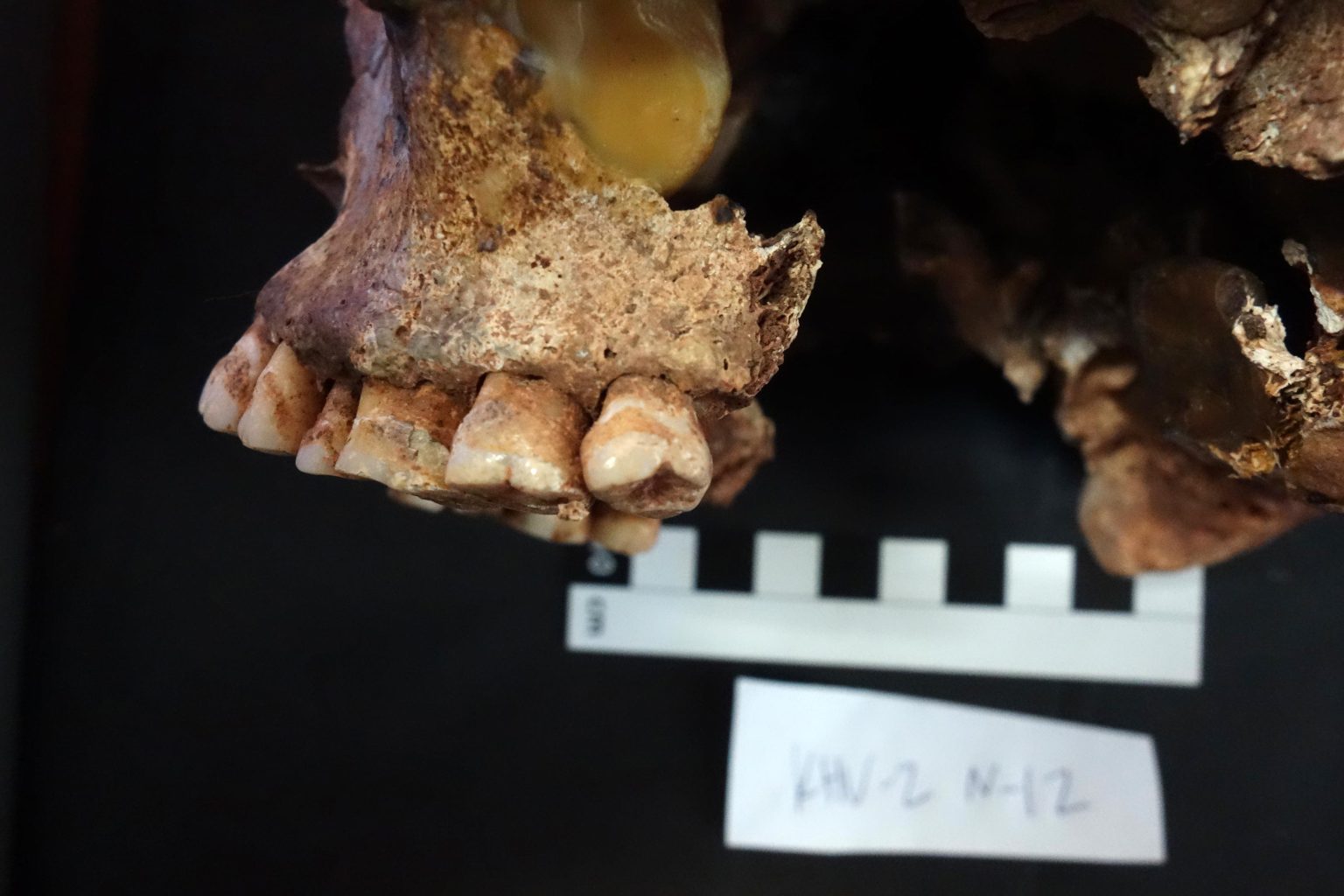Milk Enabled Massive Steppe Migration: Bronze age mystery surprise
The pastoralist inhabitants of the Eurasian steppe have long captivated peoples ranging from the Xiongnu to the Mongols. The Yamnaya, Bronze Age pastoralists who began moving out of the Pontic-Caspian steppe more than 5000 years ago, were among the earliest herding communities in this region. These Bronze Age migrations resulted in widespread gene flow, eventually connecting pastoralist tribes in Scandinavia with those that extended into Siberia.
It’s unclear how and why these pastoralists travelled such long distances during the Bronze Age. A new study headed by experts from the Max Planck Institute for the Science of Human History in Jena, Germany, has discovered a crucial hint that may surprise you. The Bronze Age migrations appear to have corresponded with a simple but significant nutritional adjustment — the introduction of milk consumption.
The researchers looked at old tartar (dental calculus) on the teeth of preserved skeletons, which was a simple yet exceptional source of knowledge from the archaeological record. The researchers were able to distinguish which ancient humans likely drank milk and which did not by carefully extracting samples of the built-up calculus and using advanced molecular techniques to extract and then analyse the proteins still retained inside this tough and protective substance.
Their findings astounded them. “The trend was very strong,” says study leader and paleoproteomics expert Dr Shevan Wilkin. “The bulk of pre-Bronze Age Eneolithic people we studied – over 90% – showed virtually no indication of dairy consumption.” In comparison, a staggering 94 percent of Early Bronze Age people were definitely milk drinkers.”
The researchers felt they’d discovered an important trend. They then studied the data further to determine what type of milk the herders were drinking. “The variations in milk peptides from various species are small but critical,” Dr Wilkin adds. “They may enable us to recreate the species from which the eaten milk is derived.” While the majority of the milk peptides indicated animals such as cow, sheep, and goat, which was not surprising given the surrounding archaeological remains, calculus from a few people showed an unexpected species: horse.
Dr Wilkin observes that “horse domestication is a hotly contested issue in Eurasian archaeology.” Botai, a 3500-year-old site in Kazakhstan, has been postulated as a possible location for early Central Asian milk consumption. The researchers examined the calculus of two Botai people but found no indication of milk consumption. This is consistent with the notion that Przewalskii horses – an early version of which was discovered from the site – were not the ancestors of today’s domestic horse, as demonstrated by recent archaeogenetic research. Instead, horse domestication – and the use of horse milk – is thought to have begun some 1500 kilometres to the west in the Pontic Caspian steppe.
[adinserter block=”6″]
“Our findings will not please everyone, but they are extremely clear,” says Professor Nicole Boivin, senior author of the study and Director of the MPI Science of Human History’s Department of Archaeology. “We find a significant shift to dairying precisely about the time that pastoralists began moving eastwards.” Domesticated horses most certainly played a part as well. “Steppe communities were no longer simply using animals for meat, but also using their extra characteristics, such as milking and transporting them,” explains Professor Boivin.
What specific vital benefit milk provided has yet to be determined. However, extra nutrients, rich proteins, and a supply of fluids in a very dry environment are likely to have been crucial to life on the harsh and open steppe. “What we have here is a kind of cultural revolution,” Dr Wilkin explains. “Early Bronze Age herders obviously recognised that dairy consumption gave some basic benefits, and once they did, massive steppe expansions of these communities over the steppe became possible.”
Header Image: Dental calculus removed from the teeth of this individual showed evidence of dairy consumption. Credit: Egor Kitov, Samara Valley Project

